Beloved by Beth Chatto, her team explains how to grow the perfect plant for an ever-changing early summer scene
I love this extract from Beth’s Drought-Resistant Garden book describing the pace of growth at this time of year- ‘Unlike a painting, a garden constantly changes, is never the same, from one day, even from one hour to the next, especially in early summer when multitudes of plants are thrusting towards the light…’
A favourite plant adding to this fast moving time of year is nepeta, included in this issue by the garden team who wouldn’t be without it!
Julia x
Nepeta, also known as catmint, is an invaluable group of plants grown throughout our Gravel Garden and other areas offering full sun and a free-draining soil. Their silver-green leaves can provide a contrast to darker leaved plants like cistus, dictamnus and agapanthus. Many make attractive rounded hummocks of aromatic foliage, perfect spilling over the edge of a border. Taller forms, such as N. sibirica and N. ‘Blue Dragon’, are available with fountains of flowers which last for weeks.
Flowers are usually blue or white, but stretching to purple, yellow and pink. There are many forms available to the gardener, plus there are 250 or so species across Europe and Asia. Full sun is their preferred situation, but some are fine in light shade, particularly N. govaniana.
How to care for nepeta
To neaten the clumps and to encourage a second flush of flowers, a hard cut back after the first flowers have faded is needed.
Leave this second flush of foliage in place over winter, waiting until February to cut down to the ground, making way for the new season’s fresh growth.
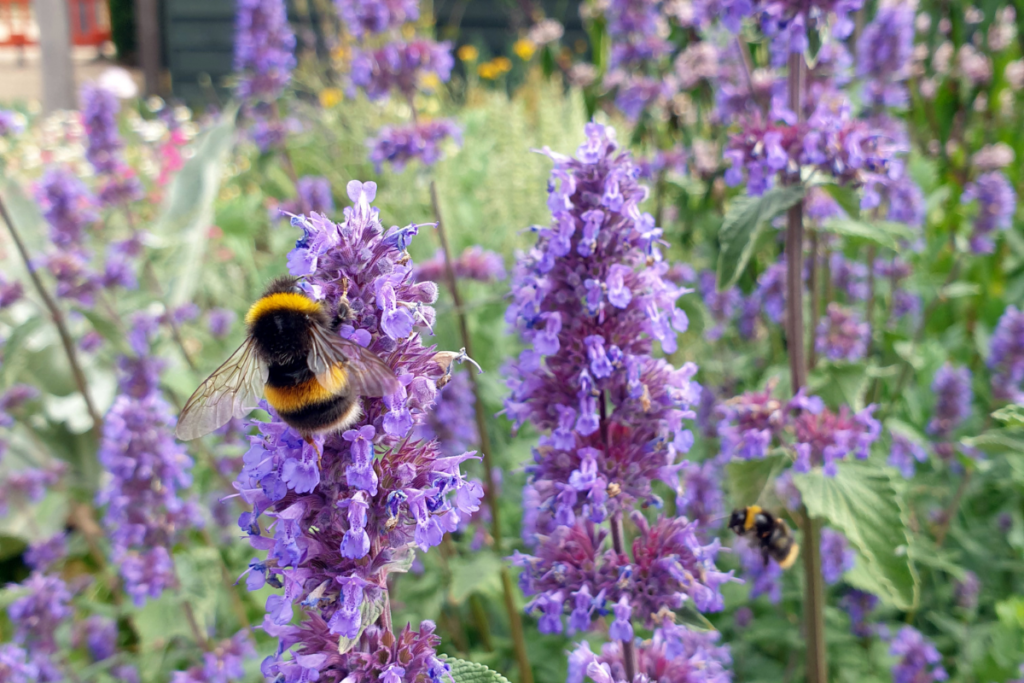
Good for pollinators great and small
All nepeta species are a valuable source of nectar and pollen to a range of pollinators over an extended summer season. Those with larger flowers can accommodate bumblebees, while those with dinkier blooms support smaller bees and other insects. They are also larval food plants for the small, very attractive, mint moth, along with a range of other moth caterpillars.
Our nepeta plants are propagated by soft wood cuttings taken from young stems either in spring, or from the fresh growth produced after the summer cut back. There is no need to cut Nepeta nuda and its cultivars after flowering as they will not reflower.
How to prepare to take soft wood cuttings
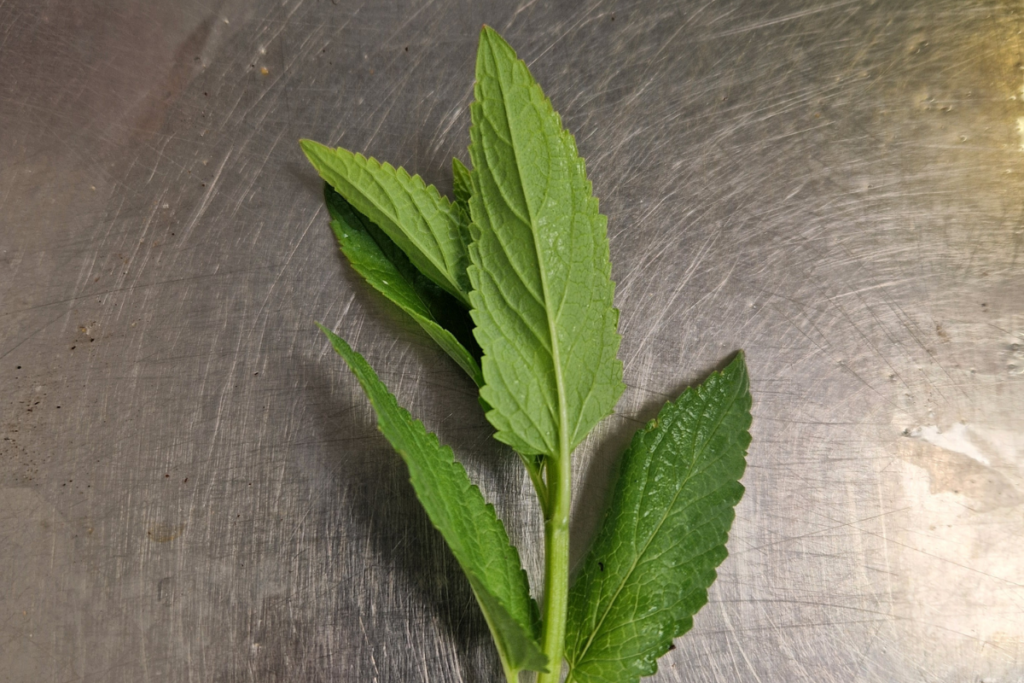
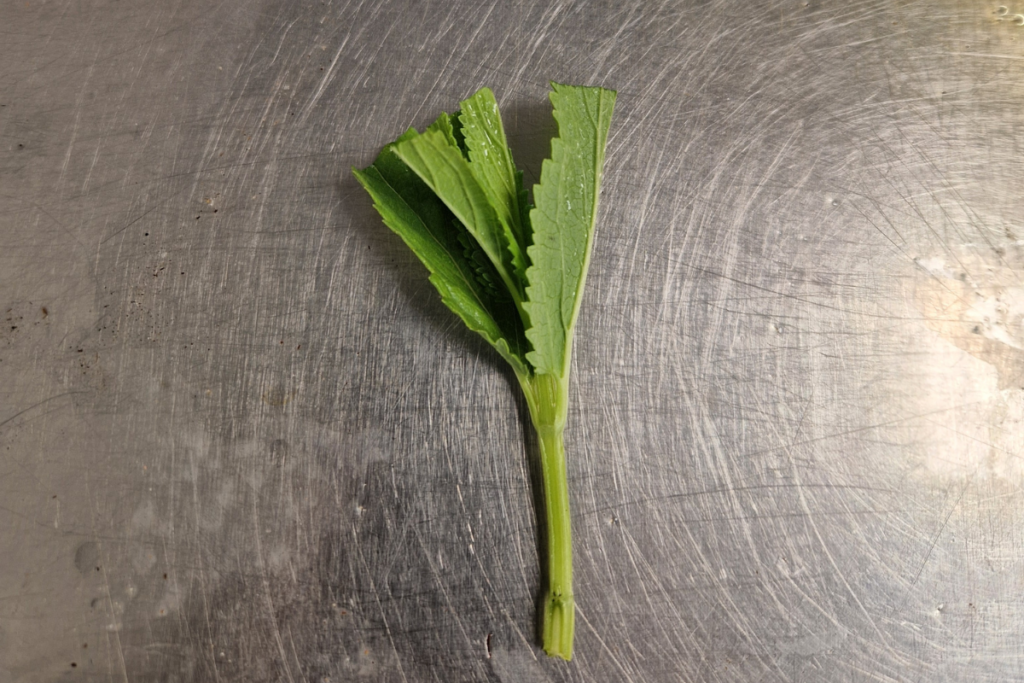

Some of our favourite nepetas include:
N. racemosa ‘Walker’s Low’
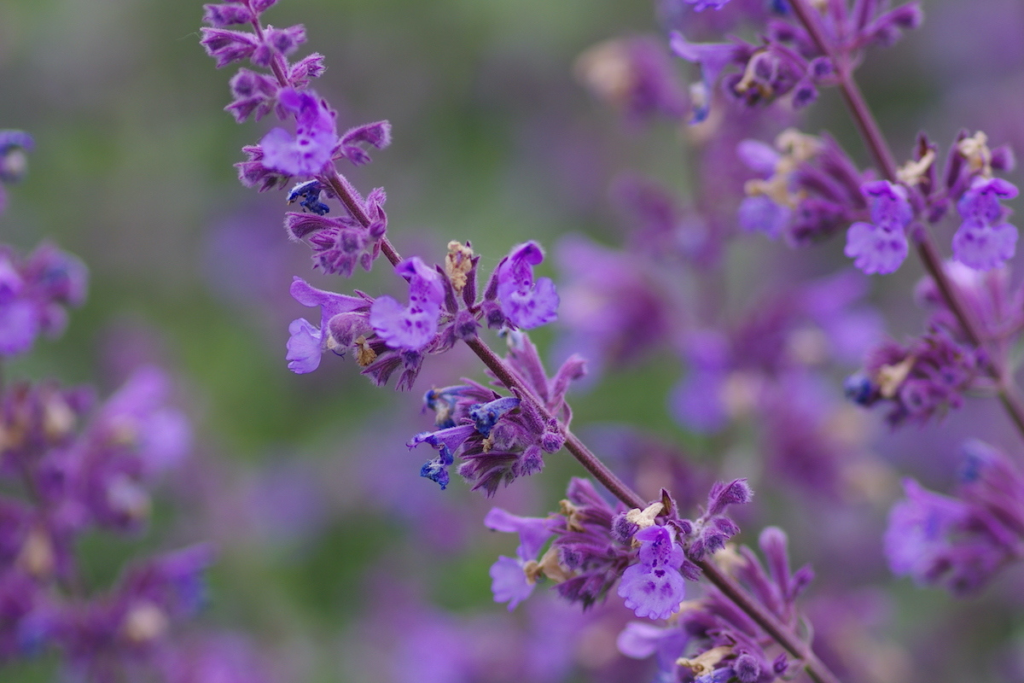
This produces long flowering stems above crinkly grey-green leaves. Dark buds and stems add to the rich effect of strong blue flowers. Height and spread: 75cm x 50cm
N. ‘Chettle Blue’
Strong bushy habit with intense blue flowers, greatly enhanced by the rosy-purple colour of the calyces. Height and spread: 90cm x 50cm
N. ‘Six Hill’s Giant’
Although larger than the well known catmint, this form is equally useful and said to be hardier in cold areas. Large sprays of lavender-blue flowers in midsummer. Height and spread: 1m x 70cm

N. racemosa ‘Amelia’
Silver-green leaves and spikes of soft pink flowers. A pretty plant that grows into a nice arching mound. Height and spread: 60cm x 60cm
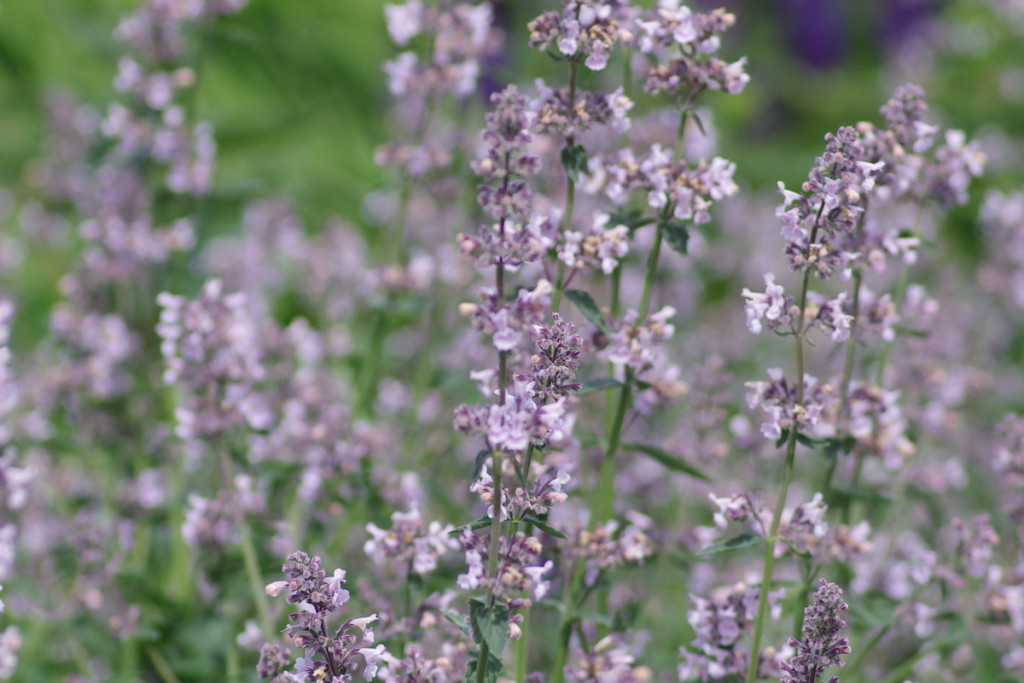
You can find out more about these world-famous gardens www.bethchatto.co.uk and nepeta varies here
Find more tips, advice and articles like this at the Amateur Gardening website. Subscribe to Amateur Gardening magazine now.





